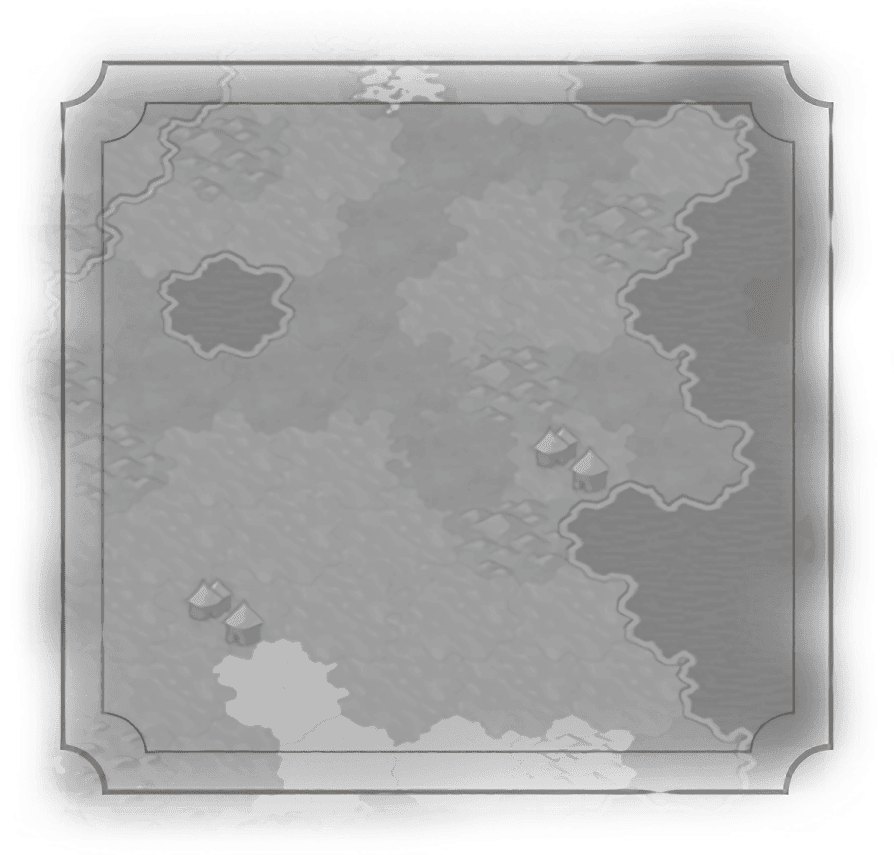Governments
Military Policies
Economic Policies
Aesthetics
Caravansaries
Civil Prestige
Collectivization
Colonization
Corvée
Ecommerce
Economic Union
Expropriation
Five-Year Plan
Free Market
God King
Gothic Architecture
Grand Opera
Heritage Tourism
Ilkum
Insulae
Land Surveyors
Liberalism
Market Economy
Medina Quarter
Natural Philosophy
Naval Infrastructure
New Deal
Online Communities
Public Transport
Public Works
Rationalism
Religious Orders
Satellite Broadcasts
Scripture
Serfdom
Simultaneum
Skyscrapers
Sports Media
Town Charters
Trade Confederation
Triangular Trade
Urban Planning
Diplomatic Policies
Great Person Policies
Golden Age Policies
Dark Age Policies
Wildcard Policies


Skyscrapers
Description
+15%  Production toward all wonders.
Production toward all wonders.
 Production toward all wonders.
Production toward all wonders.Historical Context
Until the Industrial Revolution, any structure over six stories was rare indeed and likely considered a “wonder.” Known as the “grandfather of skyscrapers,” built in 1797 AD, The Flaxmill in Shrewsbury used cast-iron columns and beams to support a five-story brick construction. Sixty years later Elisha Otis invented the “safety” elevator, and architects started to think bigger. In 1885 the ten-story Home Insurance Building in Chicago was christened, incorporating a steel framework, fireproofing, elevators, and electrical wiring … all considered indispensable in modern skyscrapers. Though they don’t really scrape the sky, some of them get pretty tall, like the Burj Khalifa in Dubai at 2,722 feet (829.8 meters).


Description
+15%  Production toward all wonders.
Production toward all wonders.
 Production toward all wonders.
Production toward all wonders.Historical Context
Until the Industrial Revolution, any structure over six stories was rare indeed and likely considered a “wonder.” Known as the “grandfather of skyscrapers,” built in 1797 AD, The Flaxmill in Shrewsbury used cast-iron columns and beams to support a five-story brick construction. Sixty years later Elisha Otis invented the “safety” elevator, and architects started to think bigger. In 1885 the ten-story Home Insurance Building in Chicago was christened, incorporating a steel framework, fireproofing, elevators, and electrical wiring … all considered indispensable in modern skyscrapers. Though they don’t really scrape the sky, some of them get pretty tall, like the Burj Khalifa in Dubai at 2,722 feet (829.8 meters).



